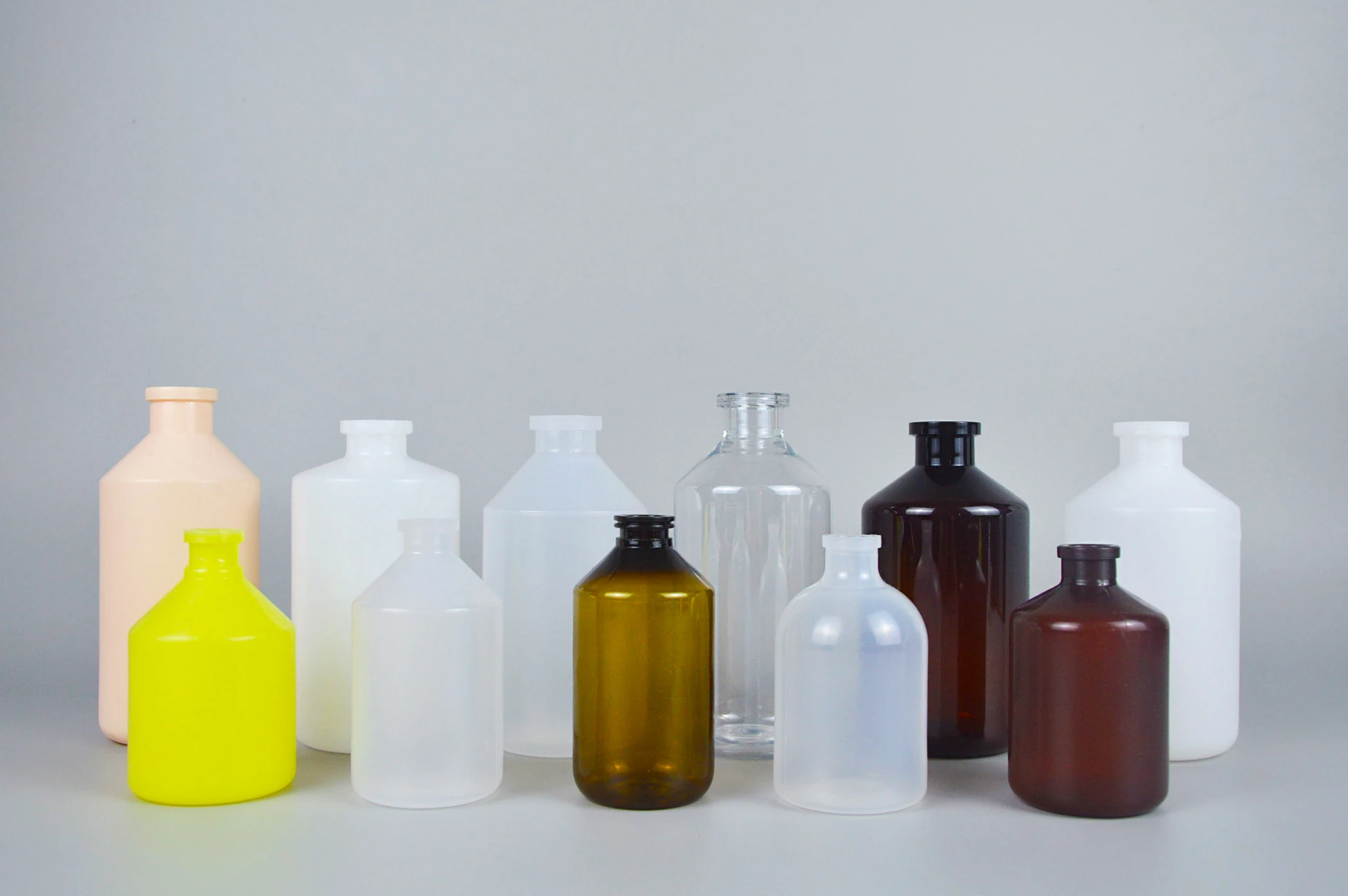
-
 Afrikaans
Afrikaans -
 Albanian
Albanian -
 Amharic
Amharic -
 Arabic
Arabic -
 Armenian
Armenian -
 Azerbaijani
Azerbaijani -
 Basque
Basque -
 Belarusian
Belarusian -
 Bengali
Bengali -
 Bosnian
Bosnian -
 Bulgarian
Bulgarian -
 Catalan
Catalan -
 Cebuano
Cebuano -
 Corsican
Corsican -
 Croatian
Croatian -
 Czech
Czech -
 Danish
Danish -
 Dutch
Dutch -
 English
English -
 Esperanto
Esperanto -
 Estonian
Estonian -
 Finnish
Finnish -
 French
French -
 Frisian
Frisian -
 Galician
Galician -
 Georgian
Georgian -
 German
German -
 Greek
Greek -
 Gujarati
Gujarati -
 Haitian Creole
Haitian Creole -
 hausa
hausa -
 hawaiian
hawaiian -
 Hebrew
Hebrew -
 Hindi
Hindi -
 Miao
Miao -
 Hungarian
Hungarian -
 Icelandic
Icelandic -
 igbo
igbo -
 Indonesian
Indonesian -
 irish
irish -
 Italian
Italian -
 Japanese
Japanese -
 Javanese
Javanese -
 Kannada
Kannada -
 kazakh
kazakh -
 Khmer
Khmer -
 Rwandese
Rwandese -
 Korean
Korean -
 Kurdish
Kurdish -
 Kyrgyz
Kyrgyz -
 Lao
Lao -
 Latin
Latin -
 Latvian
Latvian -
 Lithuanian
Lithuanian -
 Luxembourgish
Luxembourgish -
 Macedonian
Macedonian -
 Malgashi
Malgashi -
 Malay
Malay -
 Malayalam
Malayalam -
 Maltese
Maltese -
 Maori
Maori -
 Marathi
Marathi -
 Mongolian
Mongolian -
 Myanmar
Myanmar -
 Nepali
Nepali -
 Norwegian
Norwegian -
 Norwegian
Norwegian -
 Occitan
Occitan -
 Pashto
Pashto -
 Persian
Persian -
 Polish
Polish -
 Portuguese
Portuguese -
 Punjabi
Punjabi -
 Romanian
Romanian -
 Russian
Russian -
 Samoan
Samoan -
 Scottish Gaelic
Scottish Gaelic -
 Serbian
Serbian -
 Sesotho
Sesotho -
 Shona
Shona -
 Sindhi
Sindhi -
 Sinhala
Sinhala -
 Slovak
Slovak -
 Slovenian
Slovenian -
 Somali
Somali -
 Spanish
Spanish -
 Sundanese
Sundanese -
 Swahili
Swahili -
 Swedish
Swedish -
 Tagalog
Tagalog -
 Tajik
Tajik -
 Tamil
Tamil -
 Tatar
Tatar -
 Telugu
Telugu -
 Thai
Thai -
 Turkish
Turkish -
 Turkmen
Turkmen -
 Ukrainian
Ukrainian -
 Urdu
Urdu -
 Uighur
Uighur -
 Uzbek
Uzbek -
 Vietnamese
Vietnamese -
 Welsh
Welsh -
 Bantu
Bantu -
 Yiddish
Yiddish -
 Yoruba
Yoruba -
 Zulu
Zulu
what are non consumables in laboratory
Understanding Non-Consumables in Laboratories
In laboratory settings, the distinction between consumables and non-consumables is crucial for effective research and experimentation. Non-consumables, often referred to as durable goods, are items that can withstand repeated use and are not depleted during experiments. These items are essential for maintaining the efficiency and longevity of laboratory operations.
Non-consumables typically include equipment and instruments that play a vital role in research. For instance, microscopes, centrifuges, and spectrophotometers are standard non-consumable items found in many labs. These tools are designed to carry out specific functions for an extended period, making them cost-effective investments despite their initial high prices. For example, a high-quality centrifuge can last for years if maintained properly, allowing laboratories to conduct numerous experiments without the recurring costs associated with disposable parts.
Another category of non-consumables includes glassware and metal instruments. Beakers, flasks, pipettes, and test tubes made of durable materials can be cleaned and reused multiple times. This practice not only saves money but also reduces waste, aligning with sustainable lab practices that are increasingly important in today’s research environment.
what are non consumables in laboratory

Additionally, non-consumables encompass furniture and fixtures within the laboratory, such as workbenches, storage cabinets, and shelving units. These elements provide essential support and organization, allowing researchers to work efficiently. Investing in durable, high-quality furniture can lead to safer and more productive working conditions, ultimately enhancing the overall research output.
The categorization of laboratory items into consumables and non-consumables also highlights the need for meticulous inventory management. While consumables such as reagents, chemicals, and petri dishes are constantly in need of replenishment, non-consumables require maintenance and periodic evaluation to ensure they remain functional and safe for use. Laboratories must establish protocols for the regular inspection and servicing of non-consumables to mitigate the risk of equipment failure, which can lead to costly downtimes.
In conclusion, non-consumables are fundamental assets in lab environments. They are critical for maintaining operational efficiency, supporting complicated scientific procedures, and fostering sustainable practices. Laboratories that recognize the importance of these durable goods will not only enhance their research capabilities but also promote a more sustainable approach to scientific experimentation.
-
Premium 200ml Medicine Bottles – Leakproof Dropper & Spray Options at Best PriceNewsJul.05,2025
-
PTFE Centrifuge Tubes - Chemical Resistant, Leak-proof, Ideal for Laboratory UseNewsJul.05,2025
-
Premium Metal Dropper Bottle for Precise Dispensing 250ml & 1ml Options AvailableNewsJul.04,2025
-
20 ml Headspace Vials - High Quality Polyethylene & Plastic Vials for Lab UseNewsJul.04,2025
-
Small Bottle with Pipette - Precise Dispensing 100ml Pipette Bottles for Essential Oils & Lab UseNewsJun.24,2025
-
Acetic Anhydride Bottle for Accurate Dropper Measurement in Pharmacy Use High-Quality Dropper BottlesNewsJun.10,2025






















